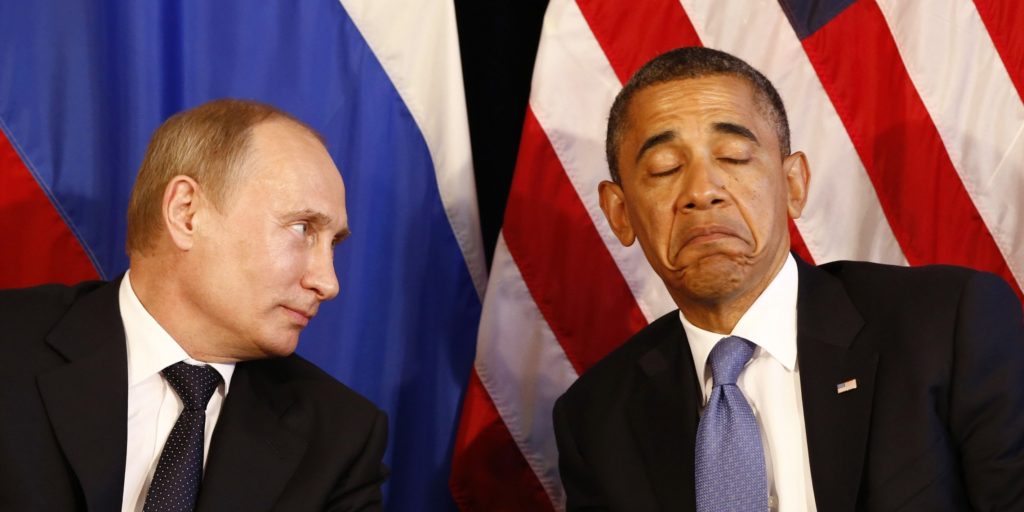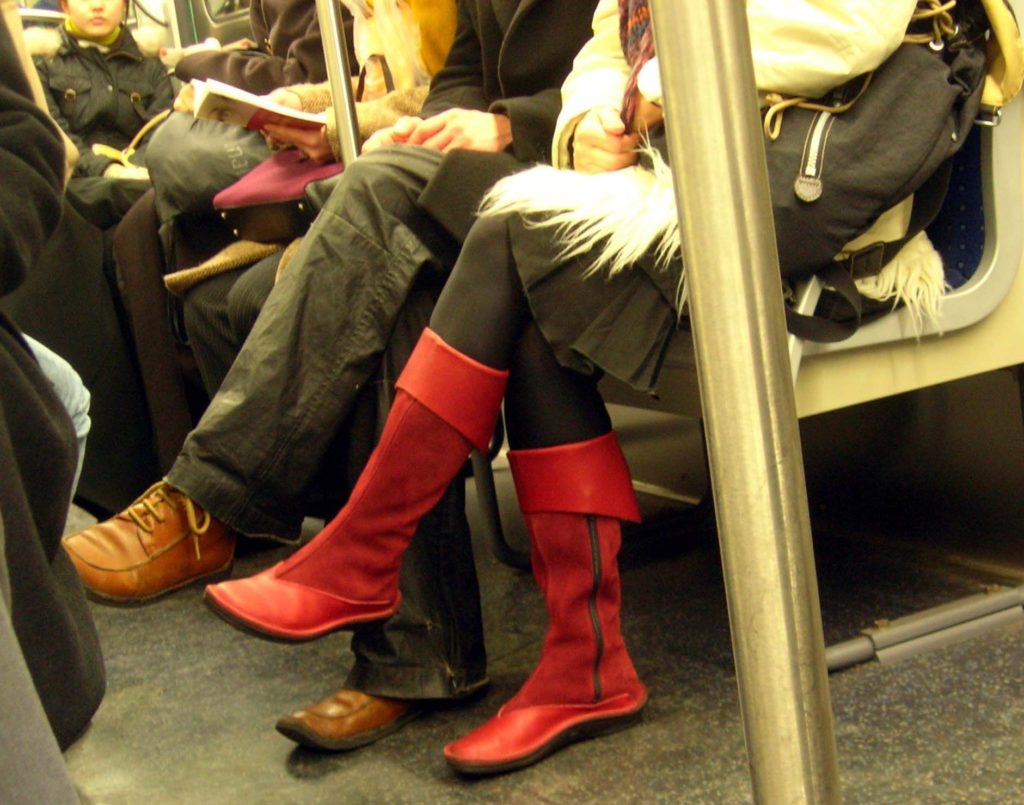Decode the language of the eyes and eyebrows
- The shifty eyes or misappropriated is the norm when it comes to cross that of a stranger. Generally, everyone “zap” eye confrontation with our interlocutors. It is a “reflex” attitude.
- The look transfer is explained by the fact of looking at an object that is manipulated while talking to the caller without looking. This means that we do not appreciate the person with whom one speaks. It is a way to erase us from his field of vision. This is a typical mechanism of protection.
- The gear eyes see when someone speaks to you, fixing his eyes on one part of your body other than your face. It reduces your person at this anatomical part only!
- The eyes reflect a cheating confession, stress, etc.
About the direction of the eyes, if directed:
- Bottom right: it is to bring a sense of failure
- Bottom left: to uncertainty
- Top: translated exasperation tinged with nervousness
- To the ground: expresses a lack of motivation
- Top right: signals an ambitious person
- Top left: for curiosity.
The language of eyebrows
They put our emotions parentheses, and report our mood changes and more.
- The frowning: schematically aggressive or defensive sense
- The raised eyebrows: often associated with a caring person.
- Eyebrows across: this is an unusual expression. The message is twofold. Part of the face seems aggressive, and the other scared. It is a contradictory feeling more prevalent among men than women but generally translated skepticism.
- Itching the eyebrow: if your interlocutor is scratching the eyebrow with a fingertip, it reflects very temperament.
More generally, if your partner suddenly starts scratching his eyebrows during a conversation, is that it comes to change his mind about you. You’ve probably made a misstep.

Decode the language of the forehead
All postures that involve the forehead indicate that the caller is in a phase of reflection.
- If the person puts his/her hands flat on the forehead, elbows resting, this means that messy ideas are moving within. This is a code to help them focus.
- If the person has the hands pressed against the top of the forehead, the gesture reflects a form of lassitude and despair.
- If the person wrinkles his/her forehead between the eyebrows, it means that they are concerned.
- Finally, if your interlocutor supports his fist slightly off on his forehead, elbow support, it is an evaluation gesture. It seeks to have evidence of your claims.

Decode the language of lips
The upper lip is the symbolic seat of lies and anger. The lower lip symbolizes greed. And lips taken together are the seat of pleasure.
- The caress: If your partner caresses the lower lip, it was because he found you miss franchise for it, or you lack the courage to tackle it.
- The pseudo-smile when the other party spreads of his lips to cheeks, pretending to smile is that it is loud, and providing scrupulous. He is very respectful of his superiors and those against which he feels inferior.
- The bite of the lip: If the person bites his lip is that it feels uncomfortable. He is overwhelmed or overworked.

Decode your hairstyle
The meaning is different depending on the positioning of the line in hair.
- The furrow in the middle: Those who wear this styling are quite likely and difficult to handle. They move in certain cases directly.
- The groove right: reflects a strong character. The individual concerned is a fighter; he loves competition and needs to be confirmed in his talents. He also has high adaptability. In women, this hairstyle reveals a strong character, limits a little tomboy.
- The furrow left: unlike the previous portrait, this one reveals a 100% feminine side. This styling betrays a susceptible individual, creative, and very seductive.
- Lack of furrow: it is proof of consensuality and conviviality. The individual, in this case, is probably endowed with a spirit of adaptation that facilitates his life and allows him to be accepted everywhere and by all.
- The fringe: a real tool of seduction! It serves as a curtain to reveal a mischievous look.
If the bangs hiding the left eye, it asserts your dominance; concealing the right eye, expresses a loving submission.

Decode the language of arms
When you cross your arms, you protect a fundamental psychological mechanism that governs your living space: your mental territory. However, the meaning is not the same as the arm is crossed over the other.
- If you cross the right arm to the left, this reflects an offensive profile.
- If you cross your left arm on the right, the left arm becomes dominant. You have, in this case, a defensive profile. You are provided with a team; you are reactive rather than proactive. You think before you act!

Decode the language of the hands
- The cap: if the right hand of your partner covers the top of his head, elbow resting on the table, then he is trying to restore order in his ideas. However, the left hand covering the top of the skull is a predictive and rather encouraging gesture; it indicates emotional flexibility.
- The hand horn: in this case, the fingers are folded against his mouth as if it expresses burp. This foreshadows the receptacle objections that the individual avoids wasting time in unnecessary debate. The gesture betrays a genuine hostility.
- Hands on the back: generally reflect a sense of idleness, relaxation, or passivity.
- Tight points: it is a sign of strength, and even violence and aggression. An individual could make this gesture when he feels that his fate is challenging.

The shape of the hand is already a clue. If it is hard and muscular, with a broad, square palm, this reflects a concrete personality, pragmatic, with a sense of the organization. A soft hand, plump, with broad palm, round, is that someone intuitive, emotional, which finds its equilibrium in human contact. A fine hand, long, bony, angular, and narrow at the palm, rather corresponds to an individualistic, even if the person is sociable, dreamy, and quite little in action. Finally, if it is fine, short, with a narrow and curved palm, it indicates a need to be secured materially, reassurance, a desire of habits and routine.
The nails also speak with their volumes: when short and wide, they indicate a taste for strong emotions to risk because life is a game. Short and narrow, this signals a need for peace and calmness because life is real, and the aim is to live better. Long and wide, they are a sign of the requirement for self and others because life is serious, and not about indulging in carelessness. Long and narrow, they reveal a free spirit, but also the difficulty to assume its responsibilities for life is a dream, and one is never so alone when dreaming.
Their touch, finally, is also very revealing. A hot, dry hand is that of someone who knows how to control it. This person feels responsible for oneself and others. A warm, wet hand denotes a spontaneous personality, optimistic, who seeks the company of others and expects its chance. Finally, if the hand is cold and wet, we must expect a calm, methodical, that does not call into question the established order and that, in a group, brings serenity and benevolence.

Fingers
The way we spontaneously up fingers when crossing hands indicates which brain hemisphere guide our behavior.
- If the right thumb is over, it is the right hand that dominates, which is in line with the left brain. It is a rational and consistent temperament that places theory before practice, the need to understand, to remain objective prevents this kind of person from being overwhelmed by emotions. Sensitive to fairness, justice, it is also able to meet its priorities.
- Conversely, if the left thumb above it, the left hand is dominant, and therefore the right brain. This synthetic temperament favors intuition. To understand it is to experience, experiment. Less sensitive to logic than aesthetics, the person likes to discover, follow his impulses, unleash creativity, even have trouble leading to his ideas.
Gestures are the words of the body specializing in nonverbal communication. They speak the language of our emotions and expose our feelings openly. “The messages we send the most often without our knowledge, and we do not know ourselves direction. “Mobile hands are a sign of individuals who engage easily, seeking contact, novelty, change, more a person’s control, cache, the more it is wary of others and the world. “
Your teen lets his hands hang in a vacuum position, without contact with his body: it is an expression of uneasiness, a certain passivity. Hands are released demobilized hands. Talk to him gently, but firmly.
Your boss hands crossed on his desk, departs regularly thumbs, then the seal at the pulp: attention, he tries to manipulate you. This gesture is called “thumbs puppets,” and that says it all. If, in the same attitude, he keeps thumbs glued against each other, he will surely refuse what is asked.
First appointment: if he puts his left hand cupped, fingers folded in front of his mouth, he feels a dislike for you, but refrains from the show. Next!
At the restaurant: he has crossed hands, the thumbs are inert, side by side; it could point to a desire or pleasure for a resigned attitude. Try to change that; a weekend getaway might be a good idea.
A couple quarreling: Suddenly, his hand will hide behind his back: “Hands that are hidden are hands that lie,” as we are used to saying. In reality, it’s more subtle: if the left hand of your companion hides, he tries to control his emotions, and it could also be about lying. But if it is the right hand, he feels troubled and afraid of losing control over the situation.
One last detail: in context, private and by example, the same gesture can have different meanings. So, beware of hasty interpretations!


Decode the language of legs
They are the symbolic seat of self-control.
- If you cross the right leg on the left and you are a man: sympathy is the maintenance menu with your interviewer. If you are a woman, it expresses disagreement or feeling anxious. Posture is repulsive.
- If you cross the left leg on the right and you are a man, you control the situation. If you are a woman, it highlights your womanhood and reflects an attractive posture. You are at ease mentally.
- Beat the clock: An adult who reproduces this kind of impatient gesture reflects repression.
- The legs in X: Stand with legs crossed; this reflects a need to protect itself against its own anxieties.
- The ankles crossed under your chair: mean that you wait for the opportunity to persuade the interviewer that you are right. However, if you are in a public place, this reflects a sense of unease about the strangers around you.

More postures studied more closely
- The Amazon: if you put your butt on the arm of the chair instead of sitting down correctly, this reflects your ability to escape from a situation in which you are not sure.
- The sandwich: sitting, the person crosses her legs by sliding one of her hands between her thighs. It is an attitude based on instability or an inability to master a situation.
- The chairlift: the person is sitting with hands wedged under her thighs. This attitude is a relic of childhood that reflects a hard-immaturity. The adults sat and grew up “in spite of themselves.”
- Walking with hands in pockets: it is a total demobilization attitude of non-involvement.
- The wind to the left or right? If you tend to play right on the kisser, it is a way to draw a barrier between you. This will express some form of distrust of him that makes you a kiss. However, if you stretch the left cheek, it’s an invitation or a pass that opens the first door between you and the kisser.


